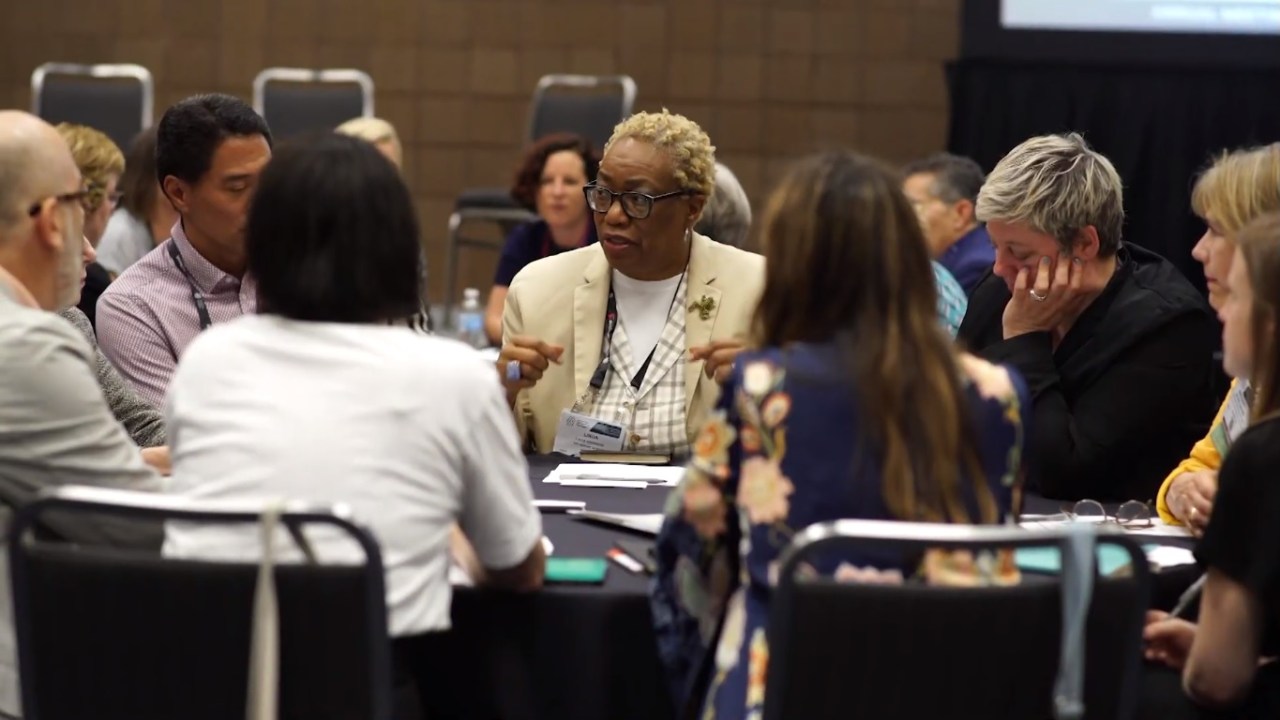
Transcript
Laura Lott: Facing Change: Advancing Museum Board Diversity and Inclusion is a three-year initiative that will work with museum boards across the country to provide training, resources, and support to diversify their ranks and become more inclusive of the communities that they’re trying to serve.
Several years ago, the American Alliance of Museums conducted a study called “Museum Board Leadership.” That study showed us that 46% of museums’ boards across the country are 100% white. Which, of course, is not mirroring the changing demographic by-and-large of the American population.
Dr. Tonya Matthews: But what surprised us and encouraged us, was that the majority of our respondents also recognized this. And were thinking about it as a problem for their sustainability. Everything from relevance to their communities, to financial sustainability.
Dr. Doug Jones: Who doesn’t want to have a diverse audience? Or a diverse staff? Or a diverse board? Who doesn’t want to have an institution that’s accessible, that’s inclusive, where everybody feels welcome? And equity – I mean, all visitors should feel like they belong and they have an equal right to be there and be served. That’s what we’re in business for.
Dr. Johnnetta Betsch Cole: I think there’s simply more joy in being a place where the creativity that is being expressed is not the creativity of just some of us in the world… but of all of us in the world.
Arthur Affleck: As a museum visitor, the ideal future looks like institutions that are entirely welcoming to young and old, black or white, foreign or domestic visitors. All feeling good about participating in the wonderful, rich resource that are our museums all over this country.
Elizabeth Pierce: Museums are here to inform and inspire and make humans better versions of ourselves. And this work is fundamental to that opportunity. And to reflecting the communities that we serve. The collections that we showcase. The opportunities for partnerships that we have. So this is just such a vital and important part of how museums can serve their communities more effectively.
Secretary Lonnie G. Bunch, III: My hope is that boards are just the tip of the iceberg. They’re the people that make determinations that can really short circuit some of the change that you want to do in a museum. I’ve always argued that a museum is only as gifted as its staff but it can only go as far as the boards allow.
Dr. Matthews: What I know is that representation – at all levels – makes a difference. It affects our organizations’ ability to welcome and that includes the board.
Dr. Cole: I really believe that if boards across our museum world will face what needs to be done, have the courage to do it, and move forward collaboratively, then we’re going to have the transformation not only that our museums deserve, but the change that our communities, our nation, and our world deserve.








